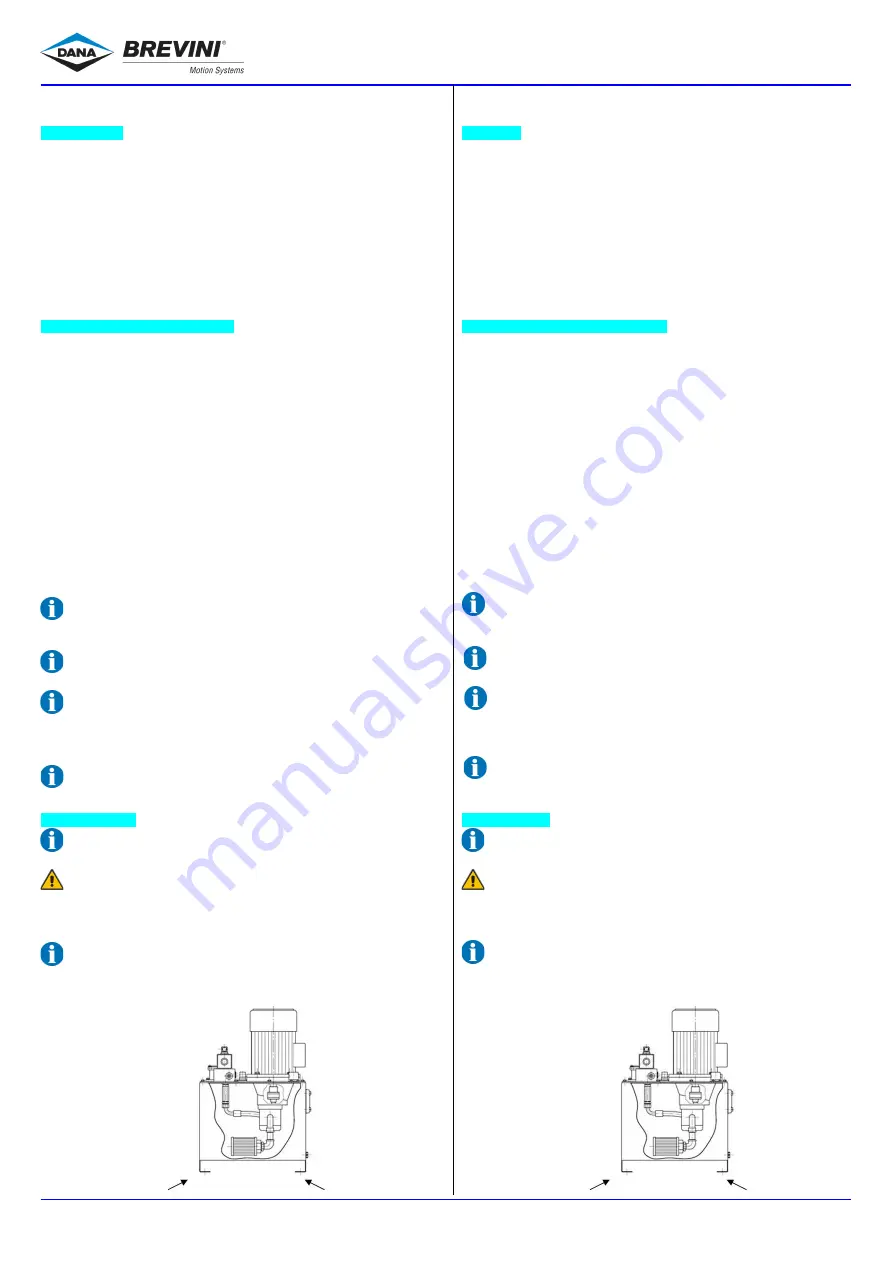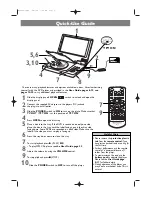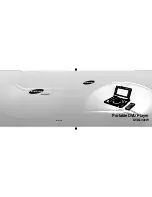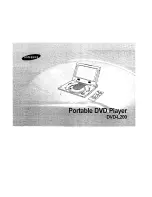
Istruzioni assemblaggio – Assembly instructions
Unità di Potenza / Power unit
Serie P1510 – ST – MH
DOC00034.doc Rev. D 5/8
Proprietà dell’azienda Dana Incorporated vietata qualsiasi riproduzione anche parziale senza l’autorizzazione della stessa. ISTRUZIONI ORIGINALI
Property of Dana Incorporated. Reproduction in whole or in part without express written consent is prohibited. ORIGINAL INSTRUCTIONS
che la durata del prodotto, pertanto è indispensabile proteggerlo da queste
situazioni.
STOCCAGGIO
Le UP sono un prodotto da maneggiare con cura ed attenzione. Alcune
parti, normalmente sporgenti, possono essere soggette a rottura, come ad
esempio il tappo di carico-sfiato posto sul serbatoio. Una particolare
attenzione deve essere riservata ai blocchi, alle loro valvole e ai loro
componenti poiché particolarmente esposte agli urti. Dato il peso e le
dimensioni, le UP sono difficilmente movimentabili manualmente, ma
possono avere, a seconda del modello, la predisposizione per l’ utilizzo di
golfari (dadi saldati con filetti M10) e /o dei piedi (staffe) sul fondo del
serbatoio che consentono il passaggio di forche di transpallet. La UP deve
essere riposta in ambiente protetto da polvere e al riparo da luce solare
(raggi UV) con temperatura ambiente compresa tra -10 °C e +30 °C (fino a
un massimo di 40 °C per brevi periodi).
SCELTA DEL FLUIDO IDRAULICO
Nei circuiti oleodinamici il fluido è il mezzo che trasmette la potenza e
contemporaneamente lubrifica tutti i componenti dell’ impianto. Tutti i fluidi
idraulici a base minerale sono adatti all' impiego. Nella loro scelta è
necessario considerare i dati di funzionamento e della temperatura
ambientale per ottenere un’ ottimale prestazione di esercizio. Si consiglia di
utilizzare fluido idraulico a base minerale HM-HR-HV secondo ISO 6743/4
(DIN 51524), classe di viscosità secondo ISO 3448 con le seguenti
condizioni di utilizzo:
•
viscosità minima: 12 cSt viscosità massima: 80 cSt
•
viscosità massima all' avviamento: 500 cSt
•
viscosità d’ esercizio: 20÷50 cSt
•
grado di contaminazione non superiore alla classe 18/14 ISO
4406
•
temperatura ottimale d’ esercizio dell’olio: 30° ÷ 60 °C
•
temperatura ambiente minima: -15 °C
•
temperatura d’ esercizio massima dell’olio: 80 °C
•
temperatura ambiente massima: 40 °C (con picchi di 50 °C)
L’utilizzo di altri fluidi può danneggiare e compromettere il buon
funzionamento dell’ impianto. Tuttavia la DANA si riserva, dietro
richiesta, di valutare l’ utilizzo di altri fluidi e di darne, qualora lo
ritenga opportuno, l’ autorizzazione.
L’UP subisce un collaudo funzionale e nel suo interno possono
rimanere alcuni cc di fluido con le caratteristiche sopradescritte.
È importante non miscelare fluidi idraulici di diversi produttori o di
diverso tipo poiché possono essere causa di formazione di fanghi e
di sedimentazioni che potrebbero compromettere il buon funzionamento
della UP.
I dati riportati sono frutto di esperienza e test di laboratorio, e
tengono conto di fissaggi essenziali alle macchine o attrezzature con
medie vibrazioni.
INSTALLAZIONE
Durante
l’installazione
preoccuparsi
della
massima
pulizia
effettuando le principali operazioni di collegamento in un locale pulito
e non polveroso.
La UP deve essere montata in posizione ergonomica in modo tale da
permettere una facile accessibilità alle ispezioni e alla manutenzione.
È altrettanto indispensabile che essa venga montata in una zona protetta da
urti accidentali e riparata da casuali contatti fisici, poiché la temperatura
raggiunta durante il funzionamento può essere causa di ustioni.
Se la UP deve essere fissata saldamente alla macchina, posizionarla
nei punti di maggiore resistenza (es: telaio portante, longheroni,
ecc..), lontano da qualsiasi fonte o parte di macchina che possano
vibrare, trasmettere o amplificare rumore e vibrazioni.
life of the fluid, it is essential to protect the fluid from this type of situation.
STORAGE
HPU must be handled with care and attention. Certain protruding parts may
be subject to breakage, such as the breather and fill cap on the tank. Pay
special attention to the flange, its valves and its components since they are
particularly vulnerable to impact. When the HPU is equipped with valve
assemblies, they must be protected from impacts and dents. Because of
the weight and the dimensions, HPU are difficult manual handling, but they
may have, depending on the model, the provision for the use of eye-bolts
(welded nuts with M10 thread) and/or feet (brackets) on the bottom of the
tank that allow forklift.
The HPU must be placed in an environment that is protected from dust and
direct sunlight (UV rays), and at an ambient temperature of -10 to +30 °C
(up to 40°C max. for brief periods).
CHOOSING THE HYDRAULIC FLUID
The fluid transmit the power and in the same time lubricates all the
installation components in the hydraulic circuits. Any mineral-based
hydraulic fluid can be used. When choosing a fluid, the operational
parameters of the system and the ambient temperature must be taken into
consideration to obtain best performance. We suggest HM-HR-HV mineral-
based hydraulic fluid meeting ISO 6743/4 (DIN 51524) specifications, with
an ISO 3448-compliant viscosity class, and with the following conditions of
use:
•
minimum viscosity: 12 cSt - maximum viscosity: 80 cSt
•
maximum viscosity at startup: 500 cSt
•
operating viscosity: 20 to 50 cSt
•
the contamination degree must not be higher than 18/l4 ISO 4406
.
•
oil optimum operating temperature: 30° to 60 °C
•
minimum ambient temperature: -15 °C
•
oil maximum operating temperature: 80 °C
•
maximum ambient temperature: 40 °C (with peaks of 50 °C)
The use of other fluids may damage the system and prevent it from
operating properly. In any case, DANA reserves the right - upon
request - to evaluate the use of other fluids and to authorize such
use if appropriate.
Since each HPU is given a final test for proper operation, several cc
of fluid with the above characteristics may remain in the unit.
It is important not to mix hydraulic fluids from different manufacturers
or fluids of different types. Such mixing may cause sludge and
sediment to form that could prevent the HPU from operating properly.
The above parameters, which are the result of experience and
laboratory tests, take into account the mounting systems and
fasteners that are essential to machineries or equipment with
average levels of vibration.
INSTALLATION
During installation, be sure that important wiring operations are
carried out with the greatest degree of cleanliness in a clean, dust-
free area.
The HPU must be installed in an ergonomic position that provides
easy access for inspection and maintenance. It is just as important to
install it in an area which is protected from accidental impact and kept away
from accidental physical contact, since the high temperature of the unit
during operation may cause burns.
If the HPU must be securely fastened to the machinery, install it at its
sturdiest points (such as the load-bearing frame, longitudinal
members, etc), away from all sources of noise and vibration, and away from
parts of machinery that may vibrate or transmit and/or amplify noise and
vibration.


























